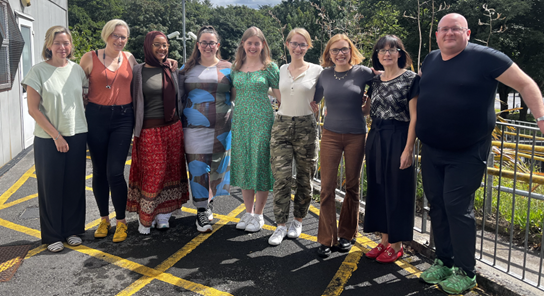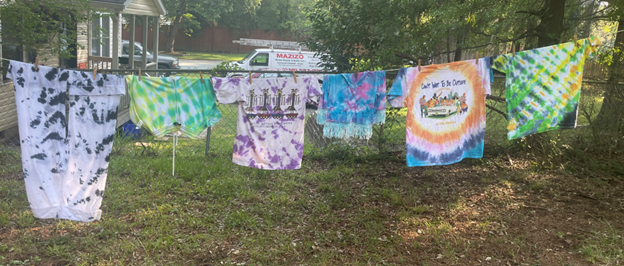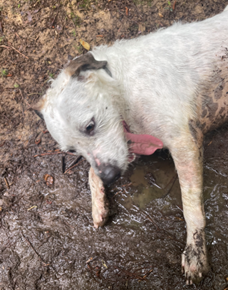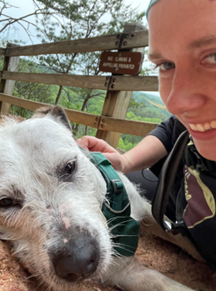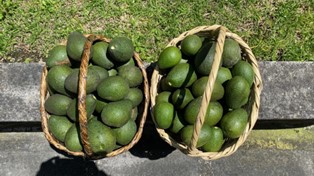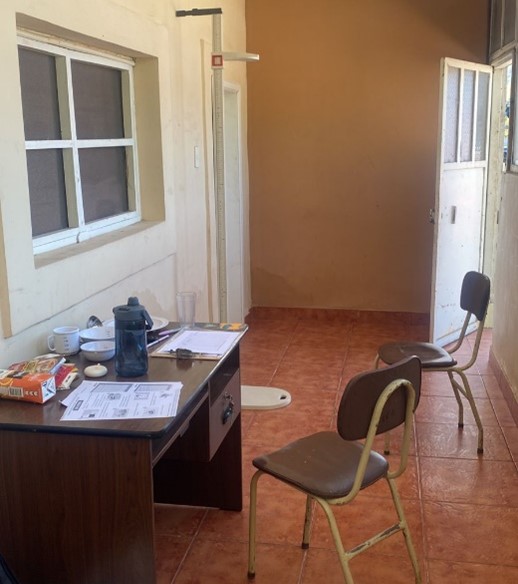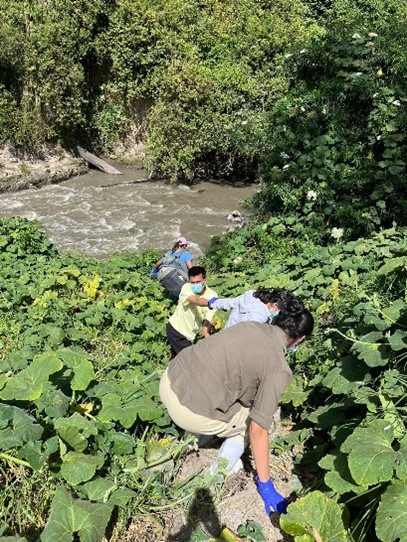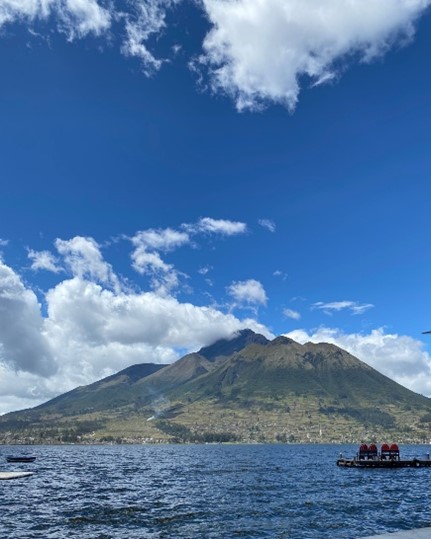Ní slán é seo, feicfidh sé go luath thú! – This is not goodbye, it’s see you soon! The time I’ve spent in Ireland has flown by, yet the memories of the island, the people I’ve met, and the research I conducted will stay with me forever. Despite my brief 8-week stay, Galway has truly become my home more than any other place I’ve lived. In my previous blog post, I spoke of the remarkable luck and wonderful experiences I’ve had on this journey, and the trend continued until the very end. Just look at the double rainbow I caught on my last solo day here!
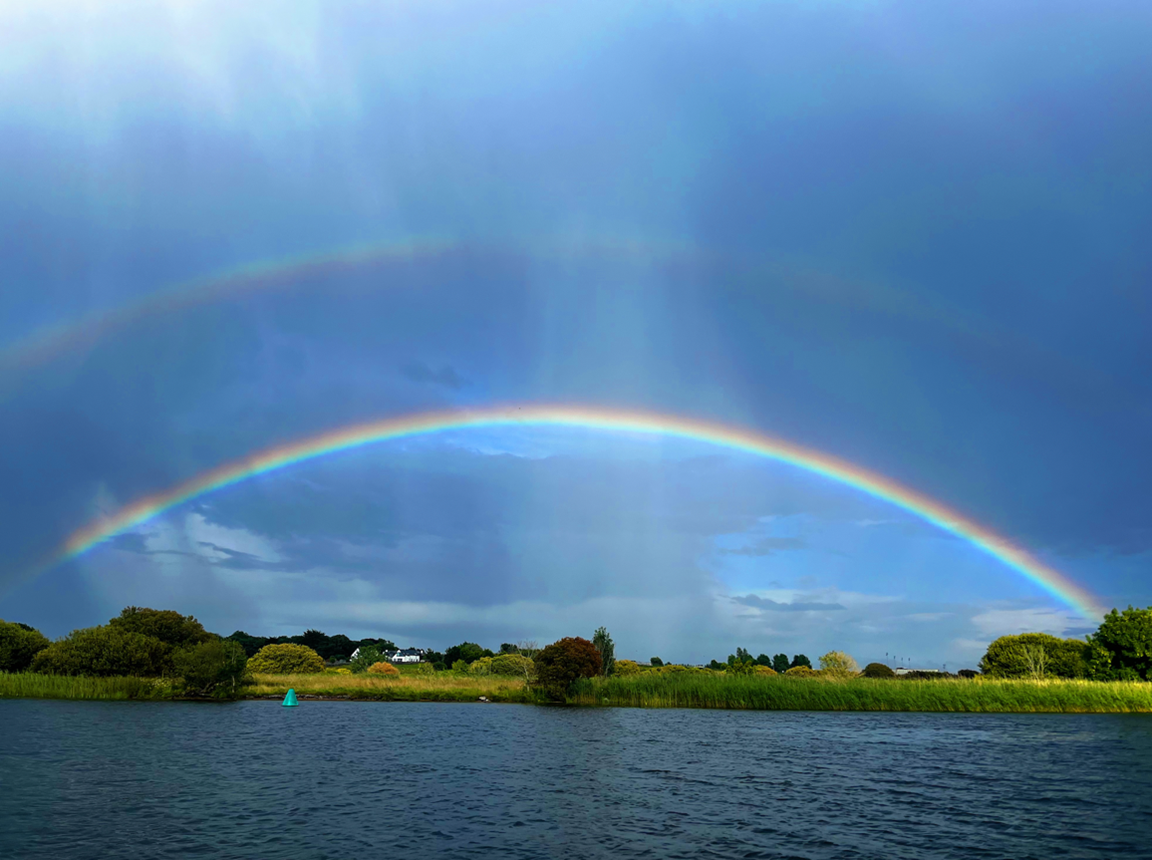
As my fourth week arrived, so did the long-awaited rain and clouds, giving me a taste of a “true Irish summer.” I embarked on some grand adventures, traversing from the Atlantic Ocean to the Connemara mountains via boat, train, bus, and on foot. Moments that will always live with me include learning the traditional Irish sport of Hurling, taking a dip in the Corrib River alongside a family of swans, visiting Europe’s oldest restaurant, and exploring the grounds of Kylemore Abbey and its beautiful and expansive gardens. However, above all, I made it my mission to explore every nook and cranny of Galway, becoming so familiar with its streets that my colleagues jokingly suggested I should lead the walking tours offered for tourists. With daylight extending until 11pm, I had ample time to immerse myself in the city’s charm and find some hidden gems during the evening hours.
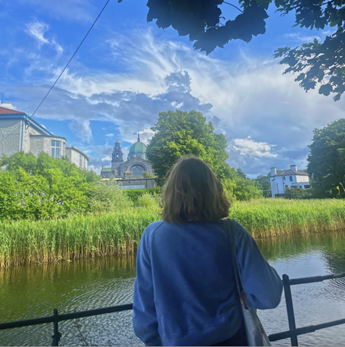
Engaging in research here at the Health Promotion Research Centre (HPRC) on a global scale has opened my eyes to crucial aspects of children’s health that matter most to them. Specifically, my focus has centered around a cross-national study called, “The Health Behaviors of School Children,” (HBSC), in collaboration with the World Health Organization’s (WHO), encompassing data collection from 51 different countries. I have primarily learned to analyze the survey responses specific to Irish children ages 10-17, so we could evaluate their priority concerns. I created an infographic to be disseminated to researchers involved in the study on an international scale, participating schools, and policy makers who are interested in the findings. This infographic highlights the top 10 health priorities for Irish children from the HBSC 2022 national report. The infographic describes six engagement workshops with primary and post-primary school children. Through this deliverable, I have learned to turn verbal and written information provided by children into a useful infographic that is easily digestible and visually appealing to a wide range of audiences.
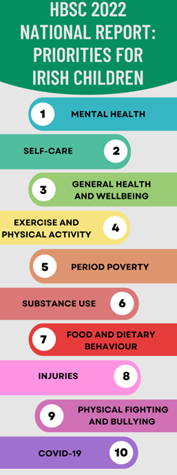
I also created a report-output and infographic on my own using the 2022 HBSC data to analyze food security and its relationship to wellbeing, with a focus on potential confounding variables such as sex and age group. It has been truly fascinating to observe the association between food insecurity and happiness, perceived health, and quality of life. Additionally, I contributed to a qualitative research study called “Reducing the exposure of children and adolescents to digital marketing of unhealthy foods” (ClickBite), where I learned how to develop interview protocols for children ages 2-17. This aspect of the work is entirely new to me, as my previous experience did not involve protocol development for research studies.
An exciting opportunity during my time here was being accepted to present my poster on the research findings from my Honors Thesis at the annual Health Promotion Research Conference in Galway, Ireland! The conference was hosted in collaboration with the Department of Health, Health Service Executive, and the Association for Health Promotion Ireland. Not only was I able to present research that is extremely important to myself, but I was also able to network with seasoned professionals both internationally and locally. It was a great privilege to learn from distinguished individuals including Ireland’s Minister of Health, Chief Medical Officer, Director of Health Iceland, and many more! The conference’s focus was on strengthening intersectoral health promotion action through building healthy communities. The presentations covered a range of topics including public health and wellbeing, the role of health in all policies, listening to voices of local communities, and building sustainable health communities, to name a few. I hope to continue contributing to impactful research that affects vulnerable populations on a global scale through my public health professional journey!
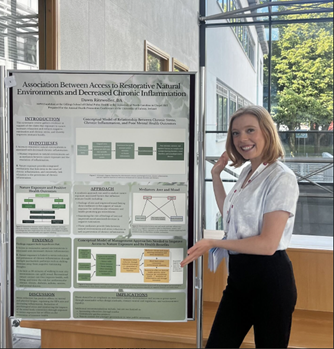
The best part of my experience by far were the people I was surrounded by and the family I’ve made here. They adopted me without question, taught me the language, traditions, and showed the best parts of Galway: my new favorite place on Earth.
A quote from my close colleague is “The Health Promotion Research Centre and Galway itself is like Hotel California, you can check out anytime you like, but you can never leave.” I believe this represents how I feel about my Galway, I am checking out for the time being, but it will always be with me, and I will most definitely be back! Feicfidh mé go luath thú – See you soon Galway!
Cheers,
Dawn Ritzwoller
